Rising Demand for Precision Medicine
The gene editing market is experiencing a notable surge in demand for precision medicine, which tailors treatments to individual genetic profiles. This shift is driven by advancements in genomics and biotechnology, enabling healthcare providers to offer more effective therapies. In the US, the precision medicine market is projected to reach approximately $100 billion by 2026, indicating a robust growth trajectory. As patients increasingly seek personalized treatment options, the gene editing market is poised to benefit significantly. This trend reflects a broader movement towards individualized healthcare solutions, which may enhance patient outcomes and reduce healthcare costs. Consequently, the gene editing market is likely to expand as it aligns with the growing emphasis on precision medicine.
Increased Investment in Biotechnology
Investment in biotechnology is a critical driver for the gene editing market, as venture capital and public funding continue to flow into innovative research and development. In the US, biotechnology investments reached over $50 billion in 2025, highlighting the sector's attractiveness to investors. This influx of capital supports the development of cutting-edge gene editing technologies, such as CRISPR and TALEN, which are revolutionizing therapeutic approaches. As funding increases, companies in the gene editing market can accelerate their research efforts, leading to the introduction of novel therapies and applications. This trend not only fosters innovation but also enhances the competitive landscape within the gene editing market, potentially resulting in more effective treatments for various genetic disorders.
Growing Awareness of Genetic Disorders
The rising awareness of genetic disorders among the public and healthcare professionals is significantly impacting the gene editing market. As educational initiatives and advocacy efforts increase, more individuals are seeking information about genetic conditions and potential treatments. This heightened awareness is likely to drive demand for gene editing solutions, as patients and families explore options for managing hereditary diseases. In the US, it is estimated that around 1 in 10 individuals are affected by a genetic disorder, underscoring the potential market for gene editing interventions. As awareness continues to grow, the gene editing market may see an uptick in interest and investment, leading to advancements in therapies that address these conditions.
Collaborations and Partnerships in Research
Collaborations and partnerships among academic institutions, research organizations, and biotechnology companies are emerging as a vital driver for the gene editing market. These alliances facilitate knowledge sharing, resource pooling, and accelerated innovation in gene editing technologies. In the US, numerous partnerships have been established to advance research in areas such as gene therapy and genetic engineering. Such collaborations not only enhance the capabilities of individual entities but also contribute to the overall growth of the gene editing market. By leveraging diverse expertise and resources, these partnerships are likely to lead to breakthroughs that could transform treatment paradigms for genetic disorders, thereby expanding the market's potential.
Regulatory Support for Innovative Therapies
Regulatory support for innovative therapies is a crucial factor influencing the gene editing market. In the US, agencies such as the FDA are increasingly recognizing the potential of gene editing technologies to address unmet medical needs. Recent initiatives aimed at streamlining the approval process for gene therapies have created a more favorable environment for innovation. This regulatory evolution may encourage companies to invest in the development of gene editing solutions, as the path to market becomes clearer. As a result, the gene editing market is likely to experience accelerated growth, with more therapies entering the market to address various genetic conditions. This supportive regulatory landscape could ultimately enhance patient access to cutting-edge treatments.


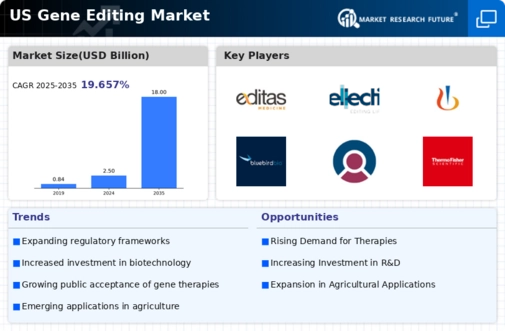
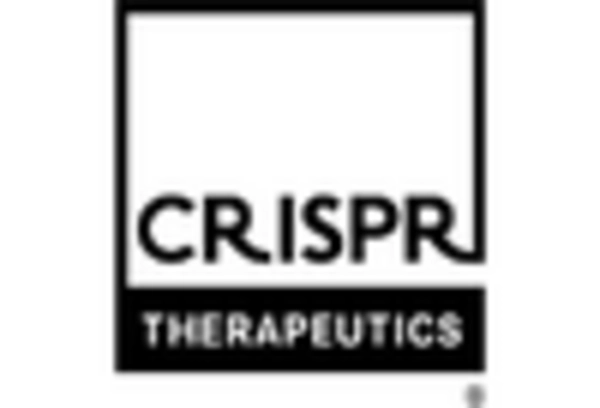
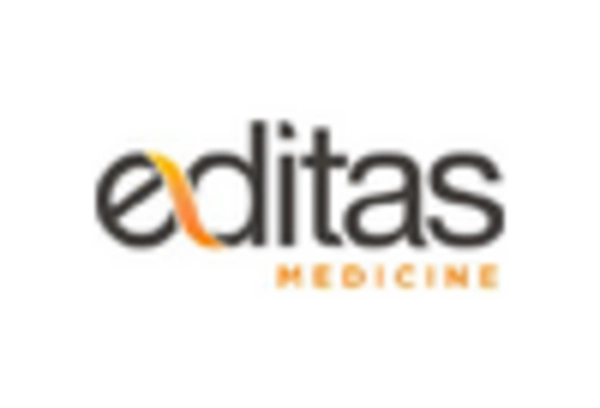
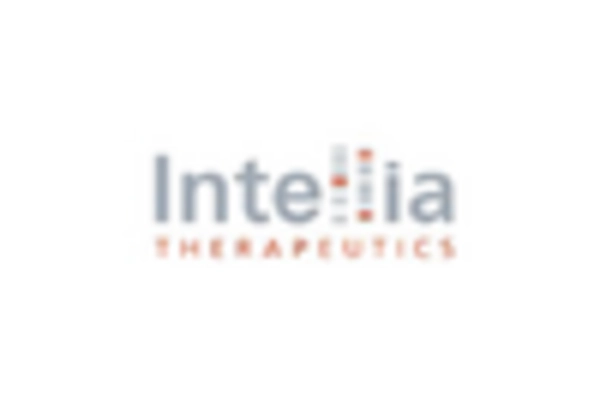
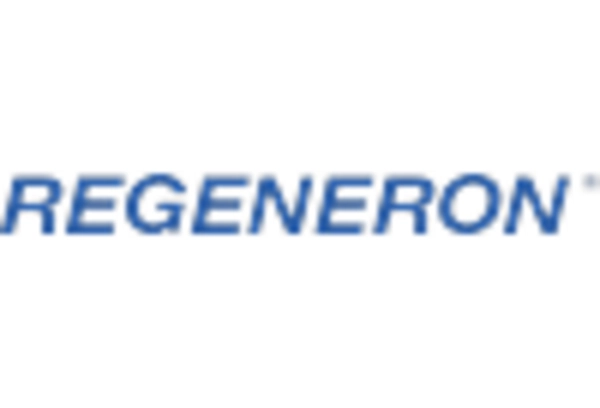

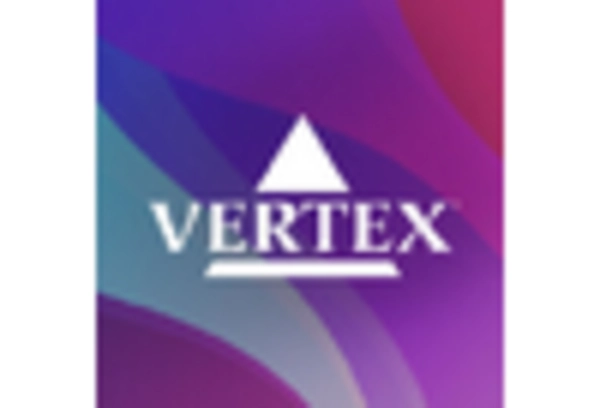








Leave a Comment